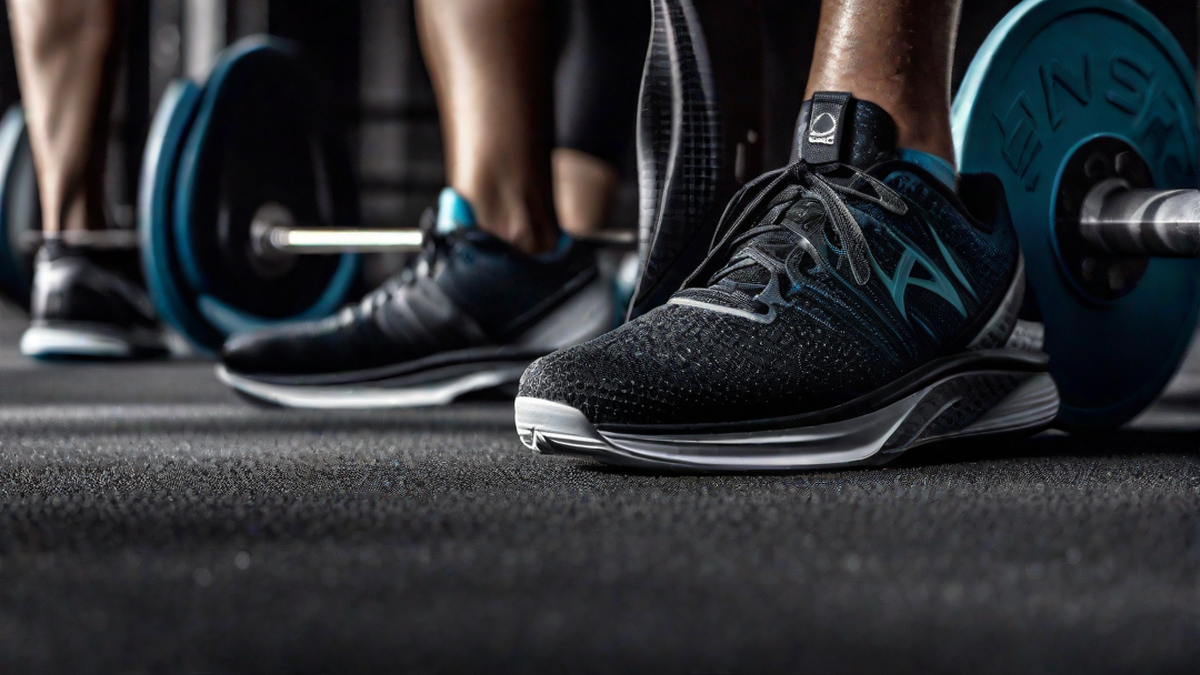As an avid runner and fitness enthusiast, I often find myself wondering if it’s okay to wear my running shoes while lifting weights. After all, running shoes are designed to provide cushioning and support for the repetitive forward motion of running. But what about the lateral movements and stability needed during weightlifting? Can I lift in running shoes? Let’s dive deep into this topic and explore whether or not running shoes are suitable for lifting.
The Importance of Proper Footwear
Before we discuss whether you can lift in running shoes, let’s first understand the importance of wearing the right footwear for different activities. To perform at your best and minimize the risk of injury, it’s crucial to have the proper support and stability for each specific exercise.
When it comes to running, a good pair of running shoes is paramount. They are designed with features such as cushioning, shock absorption, and flexibility to provide comfort and protect your feet and joints from the high impact of running. However, the design of running shoes is geared towards forward motion, not sideways stability.
The Limitations of Running Shoes
While running shoes excel in providing cushioning and shock absorption, they may not be the best choice for weightlifting. Weightlifting exercises involve different movements, including squats, deadlifts, and lunges, which require stability and a solid base of support.
Running shoes typically have a thicker and softer sole to absorb impact, which is not ideal for weightlifting. The soft sole can affect your stability and balance during exercises, potentially compromising your form and increasing the risk of injury. Additionally, the cushioning in running shoes can lead to instability when lifting heavy weights.
The Benefits of Proper Lifting Shoes
While running shoes may not be the best option for lifting, there are dedicated lifting shoes designed specifically for weightlifting. These shoes offer several advantages over running shoes:
- Stability: Lifting shoes feature a flat and rigid sole that provides a stable base of support. This allows you to exert maximum force and maintain proper form during exercises.
- Heel Support: Many lifting shoes have an elevated heel, which helps improve ankle mobility and allows for a more upright posture during squats and other lower body movements.
- Grip: Lifting shoes often have a grippy outsole that enhances traction, reducing the risk of slipping or sliding when lifting heavy weights.
Options for Lifting in Running Shoes
If you find yourself in a situation where lifting shoes are not available, and you only have running shoes at hand, there are a few workarounds you can try:
- Lacing Techniques: Adjust your shoelaces to provide additional support and stability. Consider using techniques like the “lock lacing” method to secure your feet tightly in the shoes.
- Lower Weights: If you’re lifting lighter weights or focusing on bodyweight exercises, the limitations of running shoes may not be as pronounced. However, it’s important to still be mindful of stability and form.
- Alternative Exercises: If possible, opt for exercises that are less reliant on stability and involve less lateral movement. For example, you could incorporate more upper body exercises or core-focused movements that don’t require as much foot stability.
Conclusion
While running shoes can be comfortable for running, they may not provide the necessary stability and support for lifting weights. To optimize your lifting performance and reduce the risk of injury, consider investing in a pair of dedicated lifting shoes. These shoes are specifically designed to enhance stability, provide a solid base, and improve overall lifting performance. However, if lifting shoes are not available, you can make adjustments to your lacing techniques and opt for exercises that minimize the reliance on foot stability.
Remember, proper footwear plays a crucial role in maximizing your performance and ensuring your safety during different exercises. So, the next time you hit the gym, choose your shoes wisely and lift with confidence!

